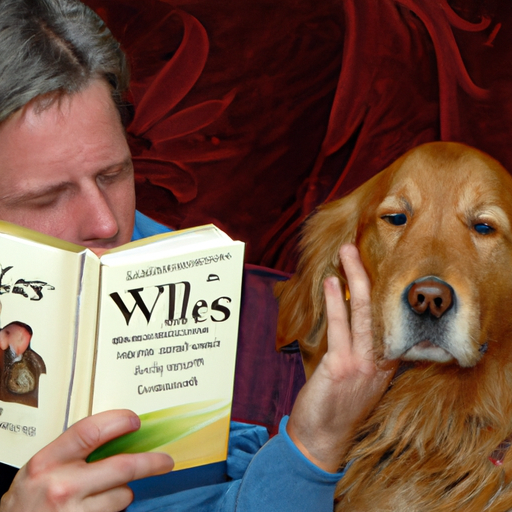Let’s explore the mystery of reverse sneezing in our beloved canine companions and learn how, as caretakers, we can provide comfort and relief.
Understanding Reverse Sneezing
First and foremost, understanding the phenomenon of reverse sneezing is essential. Unlike a regular sneeze, a reverse sneeze is when air is rapidly and repeatedly pulled into the nose, as opposed to being expelled out. It can be a startling sight, and you may feel a touch of panic as your faithful friend gasps, snorts, and wheezes. Rest assured, reverse sneezing is generally harmless and transitory.
While the exact cause remains somewhat elusive, some triggers could be:
- Allergens
- Excitement
- Eating or drinking
- Pulling on the leash
Providing Immediate Comfort
In the midst of a reverse sneezing episode, your gentle intervention can provide immediate comfort. Here’s what you can do:
- Stay Calm: Your dog picks up on your feelings, so stay calm and composed.
- Gently Stroke the Throat: This can help to stop the spasm.
- Cover the Nostrils: Briefly covering their nostrils can help them swallow and often stops the sneezing.
- Move to a Different Environment: If possible, move your dog to a different area as it might be a reaction to an allergen.
Long-term Management Strategies
While reverse sneezing is typically harmless, if it’s a frequent occurrence, you might need to delve deeper and consider long-term management strategies.
- Identify Triggers: Keep track of when the reverse sneezing happens and try to identify any common triggers.
- Dietary Changes: Some dogs could be sensitive to certain foods. Experiment with different diets to see if it makes a difference.
- Regular Exercise: Regular exercise can boost your dog’s overall health and potentially reduce the frequency of reverse sneezing episodes.
- Consult a Vet: If reverse sneezing becomes frequent, it might be worth consulting with your vet.
| Strategy | Benefit |
|---|---|
| Identifying Triggers | Helps avoid the causes |
| Dietary Changes | Reduces possible food sensitivity |
| Regular Exercise | Boosts overall health |
| Consulting a Vet | Provides professional advice |
When to Seek Professional Help
While it’s usually not a cause for concern, there are instances when reverse sneezing warrants a visit to the vet. If your dog’s reverse sneezing is accompanied by other concerning symptoms such as blue gums, weight loss, decreased appetite, or if the episodes become more frequent and intense, it’s time to seek professional help.
FAQ
Q: What is reverse sneezing?
A: It’s a phenomenon where dogs rapidly pull air into their nose rather than expelling it out.
Q: What triggers reverse sneezing?
A: Triggers can include allergens, excitement, eating, drinking, or pulling on the leash.
Q: What can I do to help my dog during a reverse sneezing episode?
A: Stay calm, gently stroke their throat, cover their nostrils, and consider moving them to a different environment.
Q: When should I take my dog to the vet?
A: If the reverse sneezing is frequent, intense, or accompanied by other worrying symptoms, it’s time to consult with your vet.
Remember, as a caregiver, your calm and informed response can make all the difference. Your furry friend is counting on you!



